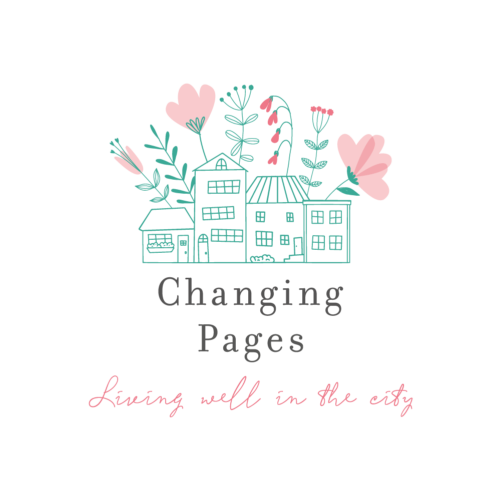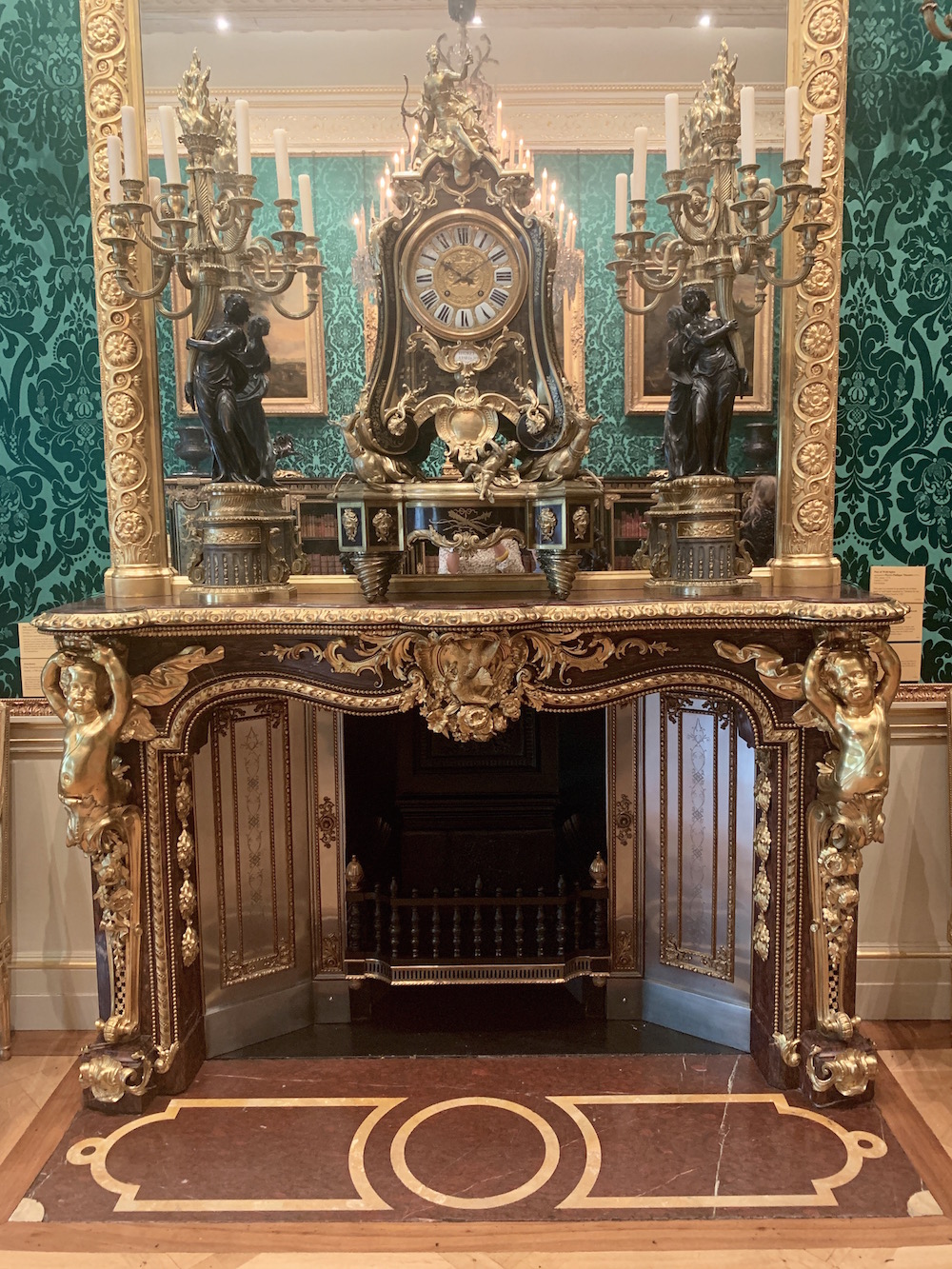It is so reassuring that London’s museums and galleries are gradually reopening their doors to allow us to share in the wonderful collections of art and other treasures for which London is so famed. After so many months without being able to visit galleries in person I was desperate to go back. The months during lockdown were a real reminder of how fortunate we are in London to have so much art and culture available, all the time. I hope it has been a lesson in how important it is not to take these things for granted. I also now appreciate that in some rural communities, access can be difficult even in ‘normal’ times.
One of the first galleries to reopen was The Wallace Collection, and this was where I choose to go as my re-immersion into London’s cultural world.
The Wallace Collection is a house of treasures tucked away in the quiet and leafy Manchester Square, walking distance from Mayfair, Green Park and Marylebone High Street, It’s quiet location makes it an instantly attractive place to visit.
The History
The Wallace Collection is housed in Hertford House which was one of the London properties of the Marquesses of Hertford, and Sir Richard Wallace, thought to be the illegitimate son of the 4th Marquess. Wallace spent much of his time living between an apartment in Paris and a chateau in Bois de Boulogne where he developed his taste for luxury and extravagance. Sir Richard Wallace was one of the greatest collectors of the 19th century and it is largely thanks to his enormous wealth and taste for exquisite art and furnishings that the the Wallace collection looks as it does today.
In 1870 he inherited his fathers collections along side a number of properties in France, England and Ireland and consequently is collection grew and grew. In 1890 he bequeathed all his property to his widow Lady Wallace who, on her death seven years later, left the collection, now known as The Wallace Collection at Hertford House to the nation. It was opened to the public as a museum in 1900.
The Collection
The opulence of the collection is evident from almost the minute you enter this elegant building and are greeted by the grand staircase. It takes only moments to realise you are somewhere rather special. Despite the impressive scale of the house and the contents, a warm welcome awaits, largely due to the ease at which visitors are able to walk around and view such treasures in warmly furnished and decorated rooms.
Much of the collection is French 18th century arts, comprising of, furniture, paintings and sculpture as well as a large collection of armour, weapons and medieval fighting paraphernalia ,if thats your things. I have to confess its not mine and its the paintings,ceramics and furniture which I love most.
There are paintings by Reynolds, Canaletto and van Dyk to name just a few of the big hitters. Some of my favourite paintings in the collection are by Jean Baptiste Greuze and Francois Boucher. The painting of Madame de Pompadour by Boucher is stunning, and I love the Portrait of a Woman by Jean-Baptiste Greuze. She looks so relaxed and at ease is this painting and also in her surroundings. Fragonard’s iconic painting of The Swing is a must see as is the scale of Canaletto’s Venice paintings in the Great Gallery. Also in the Great Gallery is perhaps the collections most famous work of art. The Laughing Cavalier by Frans Hals. This painting of an unknown 26 year old man who appears to have a slight smirk about his lips as he looks towards the artist with a side long glance is always one to enjoy.
It is hard to know where to begin when describing the collection of treasures which make up the Wallace Collection. I hope some of my images will help!
There is so much to see here, all of it so rich in history. As you wander around this incredibly extensive collection you realise what an immensely generous gift it was to the British people, and in turn what a responsibility we have to respect and treasure it.
Visiting and Social Distancing
Prior to my visit I was given really good information about what to expect. Numbers of visitors have been greatly reduced and of course booking is essential. There is a clear way through the museum and numbers are limited in each gallery, sometimes to as few as 3 people. This may seem small but the advantage is the very clear view you have of everything. There is no craning over someone’s shoulder or waiting patiently to see something because there are 15 other people in the way. A real highlight was the whole of the Great Gallery almost to myself.
I visited on my own and I have to say this worked really well. If you are in a two or more, you may find yourself waiting longer for space for both of you to enter a room. I experienced only a single bottle neck where I had to wait a bit longer to go into a room. Otherwise it was well organised, there was lots of space and the staff were friendly and helpful and clearly as glad to be back as us visitors were!
Essential Extras (Shop and Cafe)
At the time of writing the cafe remains closed. However when it does reopen I shall certainly be quick to return. This lovely light filled room is a gorgeous place for coffee and cake or perhaps lunch and a glass of wine.
The shop is open, and as you would expect sells a wide collection of gifts and books inspired by the collection. This is a very good place to get your fix of museum gift shops if you have been missing these too.
Visiting Online
Online access to the collection is superb. There is so much to explore with some excellent videos introducing objects and pictures. There is also a lovely film by the former head of conservation who tells stories of his 45 years at the museum along side a gallery tour. So even if you are not in a position to visit The Wallace Collection at the moment this is a wonderful way of getting a first hand and fascinating insight.
And finally….
Incredibly access to all this is FREE. However when you book there is the option to donate £5. I would strongly encourage this donation if you are in a position to do so. Being without our wonderful museums for a few months should have been a wake up call to all of us who enjoy them. We really don’t want to be without them, and now more than any other time, they need our support.









